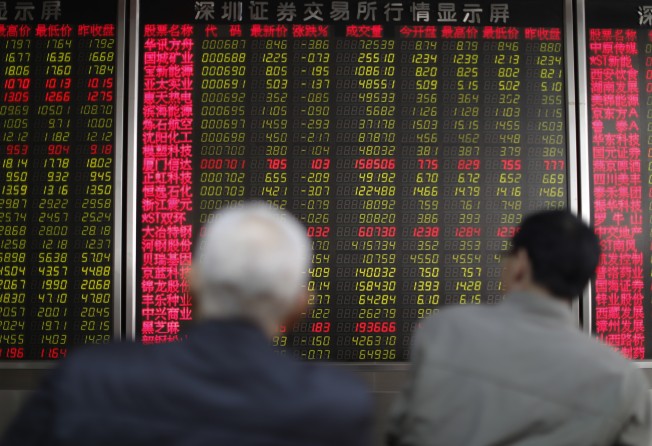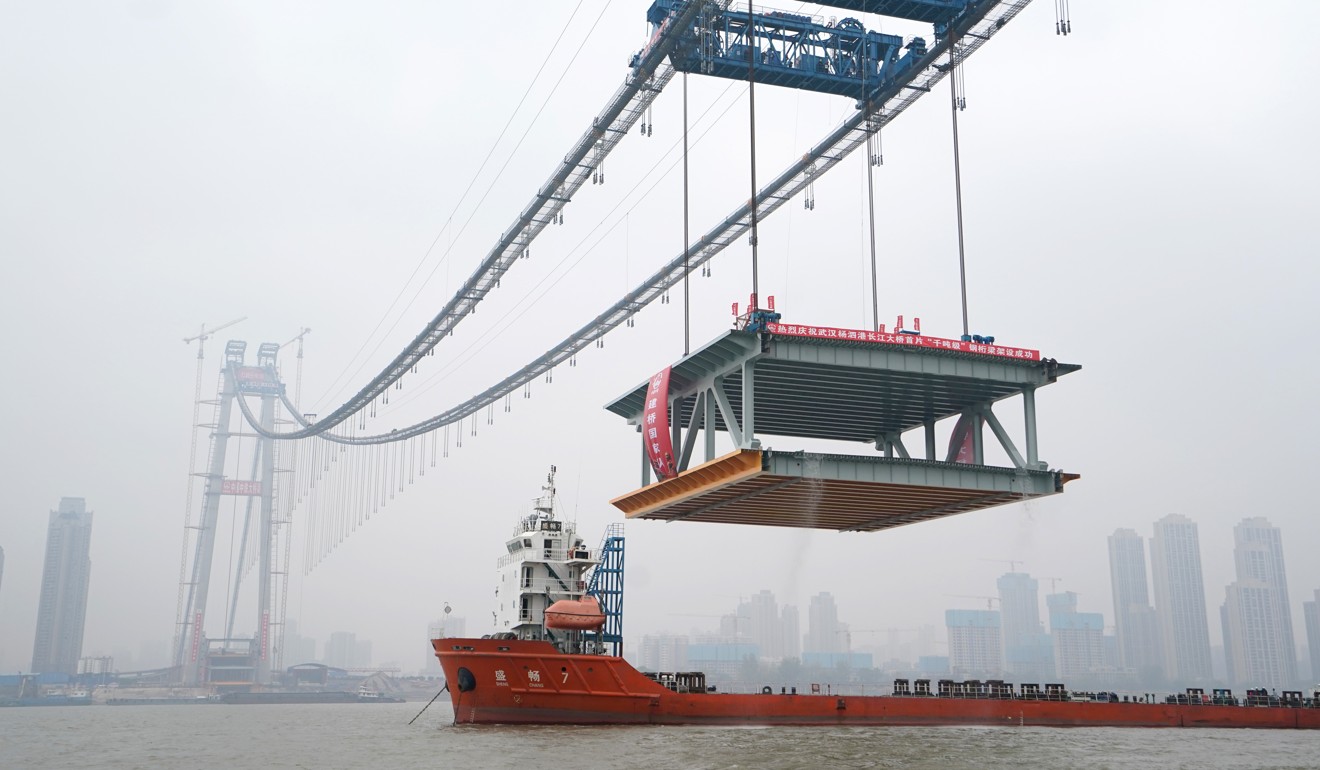
Chinese stock market’s fast and furious April was rooted in fear of a monetary policy turn
- While China’s central bank has denied that a big monetary policy change is in the offing, recent signals suggest an era of accommodative policy is at an end

The Chinese stock market experienced a “fast and furious” month in April. The market kicked off the month on an optimistic note following the release of stellar Purchasing Manager Index figures.
Many investors were hoping for another bull market, but quickly the major stock indices erased almost all the monthly gains towards the end of April. What caused this roller-coaster ride?
At first glance, the pullback does not make sense: China reported quite decent gross domestic product growth and economic activity numbers in the middle of April; China and the US are seemingly close to a trade deal; and US equity indices hit record highs recently.
Nonetheless, all these seemingly positive factors failed to support the Chinese stock market. This is because the market fears that Chinese monetary policy is close to a tipping point.
However, we can hardly infer this from recent statements from the Chinese central bank.
On April 25, Liu Guoqiang, deputy governor of the People’s Bank of China (PBOC), said in a media briefing that the central bank had no intention of either tightening or relaxing monetary policy.
Somewhat surprisingly, Sun Guofeng, head of the PBOC’s monetary policy division, said: “We didn’t loosen monetary policy in the past and haven’t tightened it at this juncture.”
In fact, there were a couple of indicators suggesting that the policy had eased significantly, if not aggressively, since mid-2018.
First, the growth of bank lending has picked up since the third quarter of 2018, growing at 13.7 per cent year-on-year, the fastest pace in three years, by the end of the first quarter of 2019.
This clearly indicates that commercial banks have rapidly expanded their asset books to revive the economy.

Secondly, property prices bottomed out in the middle of 2018 and accelerated thereafter, reflecting an improvement in domestic demand.
This has, in turn, supported the strong growth of housing investment in the past few months.
Last but not least, a large amount of local government special-purpose bonds were issued in the first quarter of 2019, indicating that fiscal policy has turned proactive to boost the economy by financing infrastructure projects.
All told, thanks to the central planning system, China seemed to be succeeding once again in stabilising its economy via proactive fiscal policy and accommodative monetary policy.
The market had also turned increasingly bullish on China’s growth outlook.

However, there has been a change recently.
In late March, there was speculative news that the PBOC would reduce the reserve requirement ratio – the minimum amount of capital banks are required to hold with the central bank to guard against potential losses – from April 1.
In the past, the Chinese central bank would not have responded to this sort of market report.
However, the PBOC officially denied the report on the night of March 29 through its Weibo account and, on April 2, said it had asked the police to investigate the false report.
This rare move by the central bank might have been the first sign that China’s policy stance was on the brink of change.
Since then, there have been more signals that the overall policy will be less dovish.
In its first-quarter monetary policy committee meeting, the Chinese central bank emphasised that it would firmly control the “floodgates” of money supply, observing that the overall economic conditions are “healthy” and “resilient”.
The statement from the Politburo, China’s top policy decision-making body, on April 19 has further signalled this policy shift. Chinese top leaders said the economic slowdown is rooted in “structural” and “institutional” pressures, which can’t be addressed by pro-cyclical measures.
In addition, the Chinese leaders reiterated their concerns about property speculation, clearly a warning that the government is watching the rising property prices across Chinese cities.
Indeed, Chinese leaders have made it clear that while monetary policy easing, a pro-cyclical measure, is able to spur short-term growth, to deliver long-term prosperity China needs radical structural and institutional reforms.
While the market had underestimated the government’s commitment to controlling the overall debt ratio in the economy, signals from the Chinese authorities in April dispelled equity investors’ euphoria.
The result was the volatility that the Chinese stock market experienced over the past month. Recent events suggest China’s growth trajectory won’t be smooth sailing.
Hao Zhou is senior emerging markets economist at Commerzbank